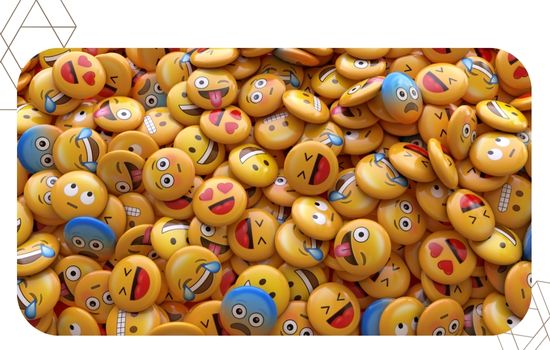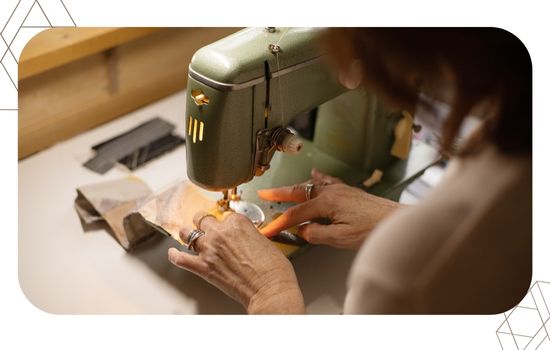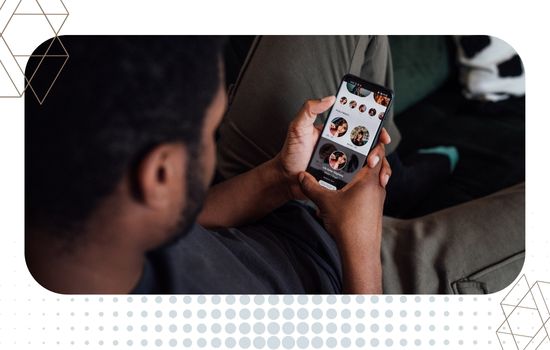Advertisements
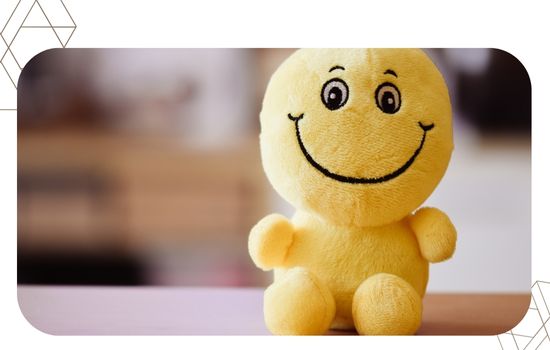
How new emojis are created It is one of those questions that seem simple, but hide a much more complex process than most people imagine.
Behind every smiley face, every flag, or every gesture you share in your chats today, there is rigorous design, review, and international approval work.
In this article, you'll learn the journey an emoji takes from the initial idea to the moment it reaches your phone.
Here you'll find an organized and easy-to-understand overview: who proposes emojis, what role does the Unicode Consortium play, what the approval criteria are, what official data exists on their adoption, two real-life examples of proposals, a table with key information, and an analogy to help you understand their cultural impact.
Summary of what you will learn
- The difference between proposing an emoji and approving it.
- The role of the Unicode Consortium in standardization.
- Essential requirements for a proposal to be accepted.
- A current statistic on global emoji usage.
- Two concrete examples of successful proposals.
- An analogy that explains its cultural relevance.
- A table with key information about the process.
- Frequently asked questions to resolve common doubts.
From paper to screen: the origin of an idea
Each new emoji begins with a formal proposal. Anyone, regardless of their profession or place of origin, can submit a request to the Unicode Consortium.
Advertisements
This international organization is responsible for maintaining the standard that ensures that a character—whether a letter, number, or symbol—appears the same on all devices.
However, it is not enough to have a creative idea.
The proposal must include cultural justification, examples of potential use, expected frequency, and evidence that the symbol will add value to global communication.
Advertisements
The role of the Unicode Consortium
Founded in 1991, Unicode is responsible for coordinating universal character encoding. Since 2010, it has also managed the introduction of emojis.
Each year, the Unicode Committee receives hundreds of applications, but only a fraction are approved.
The process is lengthy and can take between 12 and 24 months from submission to final inclusion in the standard.
Companies like Apple, Google, and Samsung then design their own graphic versions, maintaining the essence of the approved symbol.
Requirements for approving an emoji
Not all symbols have a realistic chance of becoming emoji. Unicode establishes clear criteria, including:
- Compatibility: that there is no longer an emoji with the same meaning.
- Expected frequency of use: It must be a symbol that millions of people may need.
- Visual distinction: It has to be recognizable in small size.
- Completeness: must cover a cultural, social or communication area not yet represented.
- Avoid excessive specificity: Emojis that are too local or too niche are not approved.
Table: The process of creating an emoji
| Stage | Description | Estimated time |
|---|---|---|
| Initial proposal | Submitting the document to the Unicode Consortium | 0-3 months |
| Preliminary review | Evaluation of basic criteria | 3-6 months |
| Committee discussion | Detailed analysis and comparisons | 6-12 months |
| Official approval | Inclusion in the Unicode standard | 12-18 months |
| Platform design | Apple, Google, etc. create their version | 18-24 months |
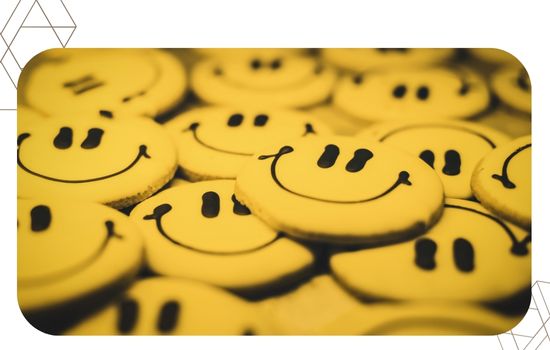
Read more: Curiosities about the origin of emojis
A key statistic on emoji usage
According to the Adobe Global Emoji Trends Report 2023, he 92% of digital users worldwide regularly use emojis in their conversations..
This figure confirms that emojis are more than just decoration: they have become an essential visual language in digital communication.
Example 1: The mate emoji
One of the most remembered proposals in Latin America was that of mate emoji, a traditional beverage from countries such as Argentina, Uruguay, and Paraguay. After several attempts, it was finally approved in 2019.
The key was to demonstrate that it wasn't just a local symbol, but a cultural icon shared by millions of people in different countries.
Example 2: The transgender flag emoji
Another notable case was the approval of the transgender flag in 2020Activists and organizations demonstrated the need for a symbol that represented this community on the digital level.
This example shows how emojis also play a social role by reinforcing visibility and inclusion.
An analogy to measure its relevance
Emojis can be compared to road signs. Without having to speak the same language, anyone can understand what a stop sign or a direction arrow means.
Similarly, a heart, a sad face, or a thumbs up communicate emotions and actions immediately, regardless of the user's language.
Debate and challenges around emojis
Although emojis are widely accepted, they are not free from controversy.
There are debates about which symbols should be included, how to represent cultural diversity, and whether it is feasible to meet all social demands.
For example, in recent years, proposals have emerged for emojis linked to regional practices that, although popular in their context, fall short of global standards.
Constant innovation and future evolution
Unicode continues to update its emoji catalog every year. By 2025, there will be more than 3,600 emoji available on most devices.
In the future, the priority is expected to be to further expand the representation of minority communities and add symbols linked to new technologies, sustainability, and digital everyday life.
Conclusion: a language that evolves with you
Grasp how new emojis are created It allows us to appreciate that behind each small icon there is a global effort of coordination, cultural analysis and graphic design.
It's no coincidence that an emoji has arrived on your keyboard: it meets criteria of usefulness, representativeness, and universality.
Each approved proposal reflects changes in society, new forms of communication, and the constant need to express ourselves with greater precision and empathy.
Read more: History of video games: from 8-bit to virtual reality
Frequently Asked Questions About Creating Emojis
1. Can anyone propose an emoji?
Yes, anyone can submit a proposal to the Unicode Consortium following the established requirements.
2. How long does it take for an emoji to be approved?
The process can take between 12 and 24 months from the proposal until it appears on devices.
3. Are all proposed emojis approved?
No, only a fraction make it through the door; many are discarded due to lack of relevance or duplication.
4. Who designs the emojis we see on our cell phones?
Unicode approves the concept, but each company (Apple, Google, Microsoft, Samsung) designs its own graphic version.
5. Why do some emojis look different on each device?
Because each platform has freedom of graphic style, although the concept is the same.
6. Will more emojis continue to be created?
Yes, Unicode receives new proposals every year and continues to expand its catalog.
7. What is the social role of emojis?
They contribute to cultural inclusion and representation by giving visibility to diverse symbols, communities, and realities.

